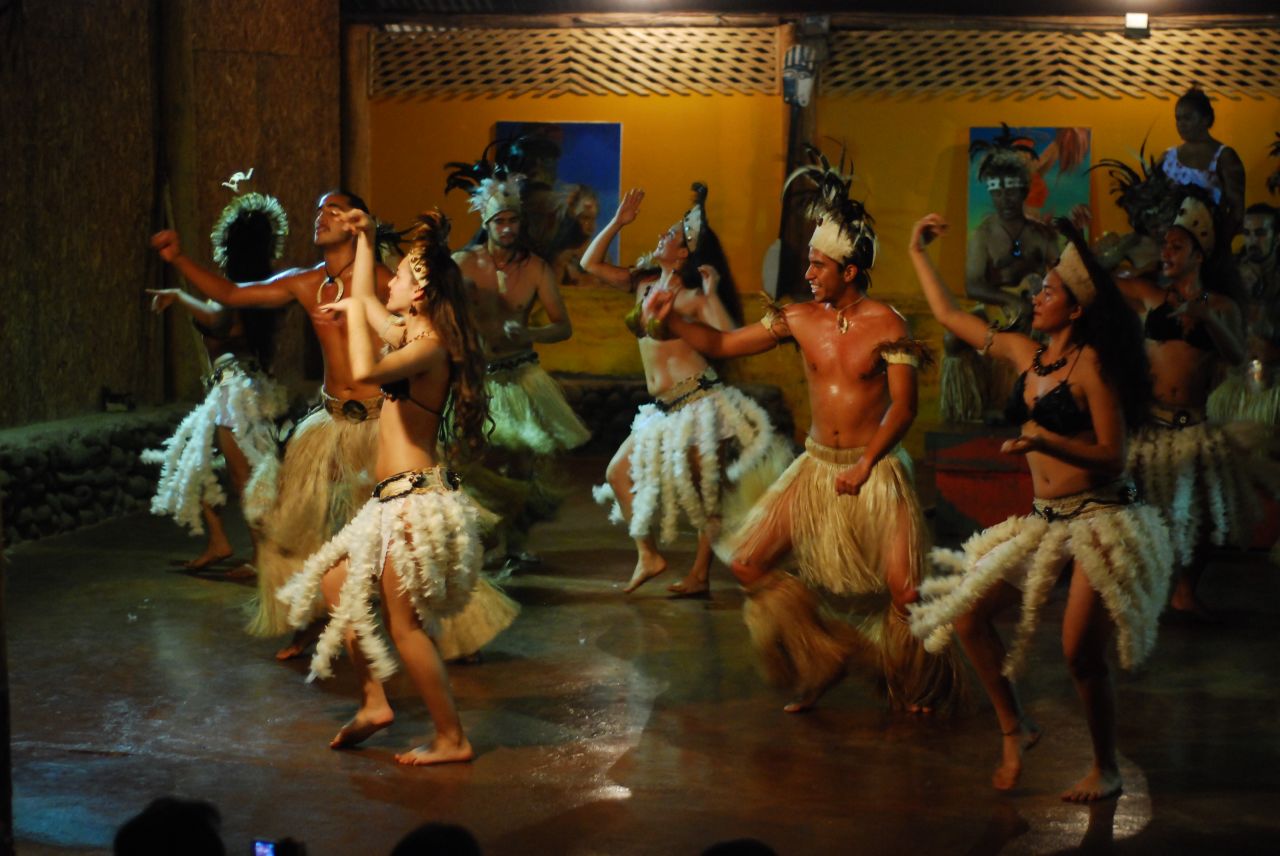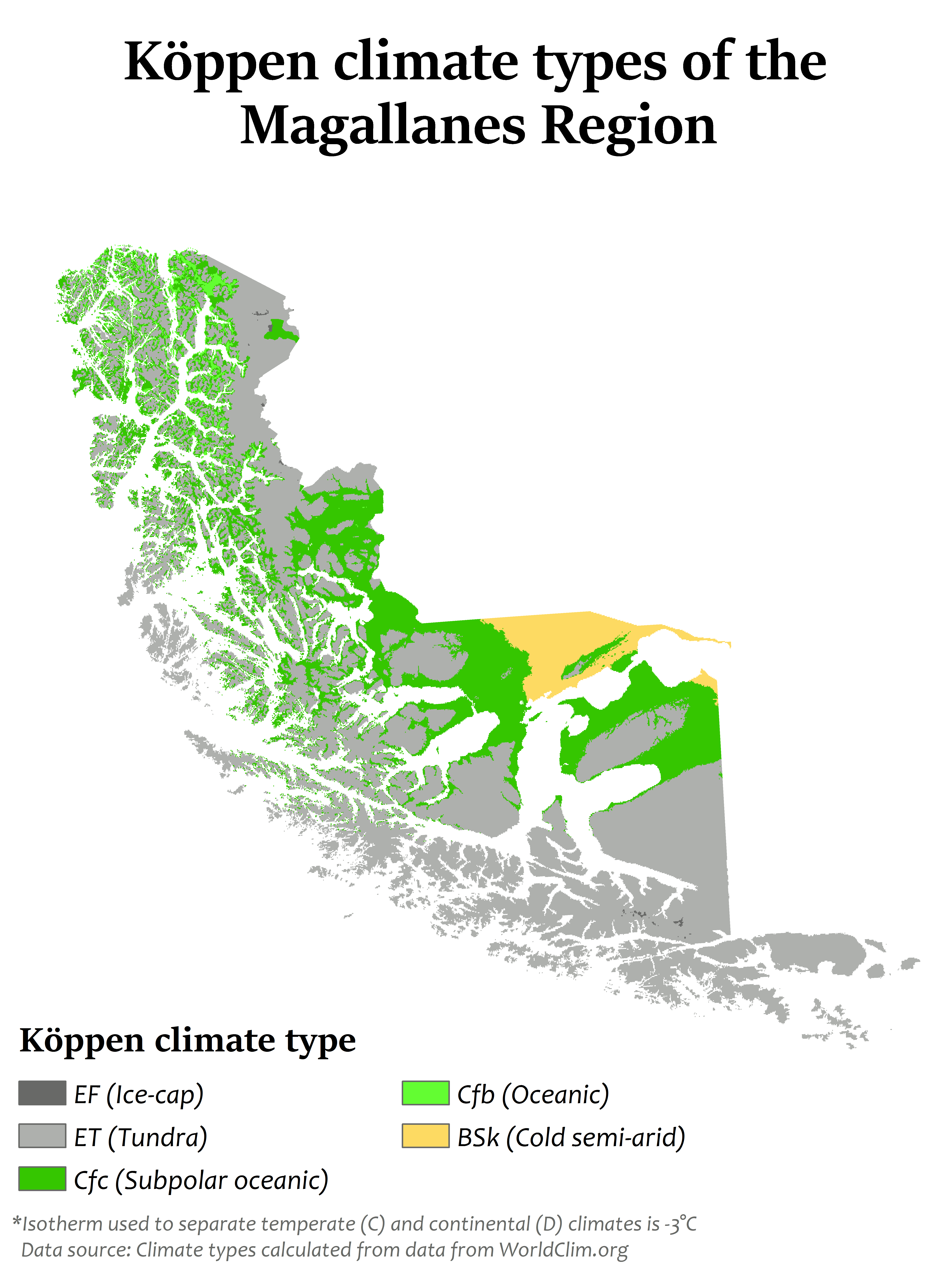|
Ranked Lists Of Chilean Regions
This article includes several ranked indicators for Chile's regions. By area Chilean regions by area. Sources:División Político Administrativa y Censal 2007, National Statistics Office, 2007 (Chile area data); CIA'The World Factbook(country area comparison). Note: It does not include the Chilean Antarctic Territory, annexed to the Magallanes Region and totalling . Population By population Chilean regions by population as of June 30, 2015. Sources: National Statistics Office's September 2014 projectionsChile's population, accessed on 28 June 2015; UNDESA'World Population Prospects: The 2012 Revision, September 2013 accessed on 28 June 2015 (country comparison). By urban and rural population Chilean regions by their urban and rural population as of June 30, 2010. Sources: National Statistics OfficeChile's population. By population density Chilean regions by population density as of 2010. Sources: National Statistics OfficeChile area data [...More Info...] [...Related Items...] OR: [Wikipedia] [Google] [Baidu] |
Chile
Chile, officially the Republic of Chile, is a country in the western part of South America. It is the southernmost country in the world, and the closest to Antarctica, occupying a long and narrow strip of land between the Andes to the east and the Pacific Ocean to the west. Chile covers an area of , with a population of 17.5 million as of 2017. It shares land borders with Peru to the north, Bolivia to the north-east, Argentina to the east, and the Drake Passage in the far south. Chile also controls the Pacific islands of Juan Fernández, Isla Salas y Gómez, Desventuradas, and Easter Island in Oceania. It also claims about of Antarctica under the Chilean Antarctic Territory. The country's capital and largest city is Santiago, and its national language is Spanish. Spain conquered and colonized the region in the mid-16th century, replacing Inca rule, but failing to conquer the independent Mapuche who inhabited what is now south-central Chile. In 1818, after declaring in ... [...More Info...] [...Related Items...] OR: [Wikipedia] [Google] [Baidu] |
Magallanes Region
The Magallanes Region (), officially the Magallanes y la Antártica Chilena Region ( es, Región de Magallanes y de la Antártica Chilena), is one of Chile's 16 first order administrative divisions. It is the southernmost, largest, and second least populated region of Chile. It comprises four provinces: Última Esperanza, Magallanes, Tierra del Fuego, and Antártica Chilena. Magallanes's geographical features include Torres del Paine, Cape Horn, Tierra del Fuego island, and the Strait of Magellan. It also includes the Antarctic territory claimed by Chile. Despite its large area, much of the land in the region is rugged or closed off for sheep farming, and is unsuitable for settlement. 80% of the population lives in the capital Punta Arenas, a major market city and one of the main hubs for Antarctic exploration. The main economic activities are sheep farming, oil extraction, and tourism. It is also the region with the lowest poverty level in Chile (5.8%); households in Magalla ... [...More Info...] [...Related Items...] OR: [Wikipedia] [Google] [Baidu] |
Rapanui
The Rapa Nui (Rapa Nui: , Spanish: ) are the Polynesian peoples indigenous to Easter Island. The easternmost Polynesian culture, the descendants of the original people of Easter Island make up about 60% of the current Easter Island population and have a significant portion of their population residing in mainland Chile. They speak both the traditional Rapa Nui language and the primary language of Chile, Spanish. At the 2017 census there were 7,750 island inhabitants—almost all living in the village of Hanga Roa on the sheltered west coast. As of 2011, Rapa Nui's main source of income derived from tourism, which focuses on the giant sculptures called moai. Over the past decade, Rapa Nui activists have been fighting for self-determination and sovereignty over their lands. Protests in 2010 and 2011 by the indigenous Rapa Nui on Easter Island, objecting to the creation of a marine park and reserve, have led to clashes with Chilean police. History Pre-European contact (300–1722 ... [...More Info...] [...Related Items...] OR: [Wikipedia] [Google] [Baidu] |
Aymara People
Aymara may refer to: Languages and people * Aymaran languages, the second most widespread Andean language ** Aymara language, the main language within that family ** Central Aymara, the other surviving branch of the Aymara(n) family, which today includes only the endangered Jaqaru/Kawki language * Aymara people, the native ethnic group identified with the speakers of Altiplano Aymara Culture * ''Corazón Aymara'' (English: ''Aymara Heart''), 1925 Bolivian silent feature film directed by Pedro Sambarino * Grupo Aymara, Bolivian folk troupe of traditional music of pre-Hispanic and contemporary music of the Andes * Socialist Aymara Group (Spanish: ''Grupo Aymara Socialista''), left-wing indigenous political group in Bolivia Places * Aymaraes Province, the largest of seven provinces of the Apurímac Region in Peru * Aymara Lupaca Reserved Zone, a protected area in southeastern Peru Nature * ''Aymaramyia'', genus of crane bird found in Peru * ''Aymaratherium'', genus of extinct sloth ... [...More Info...] [...Related Items...] OR: [Wikipedia] [Google] [Baidu] |
Domestic Worker
A domestic worker or domestic servant is a person who works within the scope of a residence. The term "domestic service" applies to the equivalent occupational category. In traditional English contexts, such a person was said to be "in service". Domestic workers perform a variety of household services for an individual, from providing cleaning and household maintenance, or cooking, laundry and ironing, or childcare, care for children and elderly dependents, and other household errands. Some domestic workers live within their employer's household. In some cases, the contribution and skill of servants whose work encompassed complex management tasks in large households have been highly valued. However, for the most part, domestic work tends to be demanding and is commonly considered to be undervalued, despite often being necessary. Although legislation protecting domestic workers is in place in many countries, it is often not extensively enforced. In many jurisdictions, domestic w ... [...More Info...] [...Related Items...] OR: [Wikipedia] [Google] [Baidu] |
Household
A household consists of two or more persons who live in the same dwelling. It may be of a single family or another type of person group. The household is the basic unit of analysis in many social, microeconomic and government models, and is important to economics and inheritance. Household models include families, blended families, shared housing, group homes, boarding houses, houses of multiple occupancy (UK), and single room occupancy (US). In feudal societies, the royal household and medieval households of the wealthy included servants and other retainers. Government definitions For statistical purposes in the United Kingdom, a household is defined as "one person or a group of people who have the accommodation as their only or main residence and for a group, either share at least one meal a day or share the living accommodation, that is, a living room or sitting room". The introduction of legislation to control houses of multiple occupations in the UK Housing Act (200 ... [...More Info...] [...Related Items...] OR: [Wikipedia] [Google] [Baidu] |
Magallanes And Antártica Chilena Region
The Magallanes Region (), officially the Magallanes y la Antártica Chilena Region ( es, Región de Magallanes y de la Antártica Chilena), is one of Chile's 16 first order administrative divisions. It is the southernmost, largest, and second least populated region of Chile. It comprises four provinces: Última Esperanza, Magallanes, Tierra del Fuego, and Antártica Chilena. Magallanes's geographical features include Torres del Paine, Cape Horn, Tierra del Fuego island, and the Strait of Magellan. It also includes the Antarctic territory claimed by Chile. Despite its large area, much of the land in the region is rugged or closed off for sheep farming, and is unsuitable for settlement. 80% of the population lives in the capital Punta Arenas, a major market city and one of the main hubs for Antarctic exploration. The main economic activities are sheep farming, oil extraction, and tourism. It is also the region with the lowest poverty level in Chile (5.8%); households in Magall ... [...More Info...] [...Related Items...] OR: [Wikipedia] [Google] [Baidu] |
List Of Countries And Dependencies By Population Density
This is a list of countries and dependencies ranked by population density, measured by the number of human inhabitants per square kilometre or square mile, and also sortable by total area and by population. The list includes sovereign states and self-governing dependent territories based upon the ISO standard ISO 3166-1. The list also includes unrecognized but de facto independent countries. The figures in the following table are based on areas including internal bodies of water such as bays, lakes, reservoirs and rivers. The list does not include entities not on ISO 3166-1, except for states with limited recognition. Thus constituent countries that are not included on ISO 3166-1, and other entities not on ISO 3166-1 like the European Union, are not included. Figures used in this article are mainly based on the latest censuses and official estimates or projections. Where these are unavailable, projections provided by the Population Division of the United Nations Department of Eco ... [...More Info...] [...Related Items...] OR: [Wikipedia] [Google] [Baidu] |
Wikipedia
Wikipedia is a multilingual free online encyclopedia written and maintained by a community of volunteers, known as Wikipedians, through open collaboration and using a wiki-based editing system. Wikipedia is the largest and most-read reference work in history. It is consistently one of the 10 most popular websites ranked by Similarweb and formerly Alexa; Wikipedia was ranked the 5th most popular site in the world. It is hosted by the Wikimedia Foundation, an American non-profit organization funded mainly through donations. Wikipedia was launched by Jimmy Wales and Larry Sanger on January 15, 2001. Sanger coined its name as a blend of ''wiki'' and '' encyclopedia''. Wales was influenced by the " spontaneous order" ideas associated with Friedrich Hayek and the Austrian School of economics after being exposed to these ideas by the libertarian economist Mark Thornton. Initially available only in English, versions in other languages were quickly developed. Its combin ... [...More Info...] [...Related Items...] OR: [Wikipedia] [Google] [Baidu] |
Population Density
Population density (in agriculture: standing stock or plant density) is a measurement of population per unit land area. It is mostly applied to humans, but sometimes to other living organisms too. It is a key geographical term.Matt RosenberPopulation Density Geography.about.com. March 2, 2011. Retrieved on December 10, 2011. In simple terms, population density refers to the number of people living in an area per square kilometre, or other unit of land area. Biological population densities Population density is population divided by total land area, sometimes including seas and oceans, as appropriate. Low densities may cause an extinction vortex and further reduce fertility. This is called the Allee effect after the scientist who identified it. Examples of the causes of reduced fertility in low population densities are * Increased problems with locating sexual mates * Increased inbreeding Human densities Population density is the number of people per unit of area, usuall ... [...More Info...] [...Related Items...] OR: [Wikipedia] [Google] [Baidu] |
UNDESA
The United Nations Department of Economic and Social Affairs (UN DESA) is part of the United Nations Secretariat and is responsible for the follow-up to major United Nations Summits and Conferences, as well as services to the United Nations Economic and Social Council and the Second and Third Committees of the United Nations General Assembly. UN DESA assists countries around the world in agenda-setting and decision-making with the goal of meeting their economic, social and environmental challenges. It supports international cooperation to promote sustainable development for all, having as a foundation the 2030 Agenda for Sustainable Development and the 17 Sustainable Development Goals (SDGs) as adopted by the UN General Assembly on 25 September 2015. In providing a broad range of analytical products, policy advice, and technical assistance, UN DESA effectively translates global commitments in the economic, social and environmental spheres into national policies and actions and con ... [...More Info...] [...Related Items...] OR: [Wikipedia] [Google] [Baidu] |





